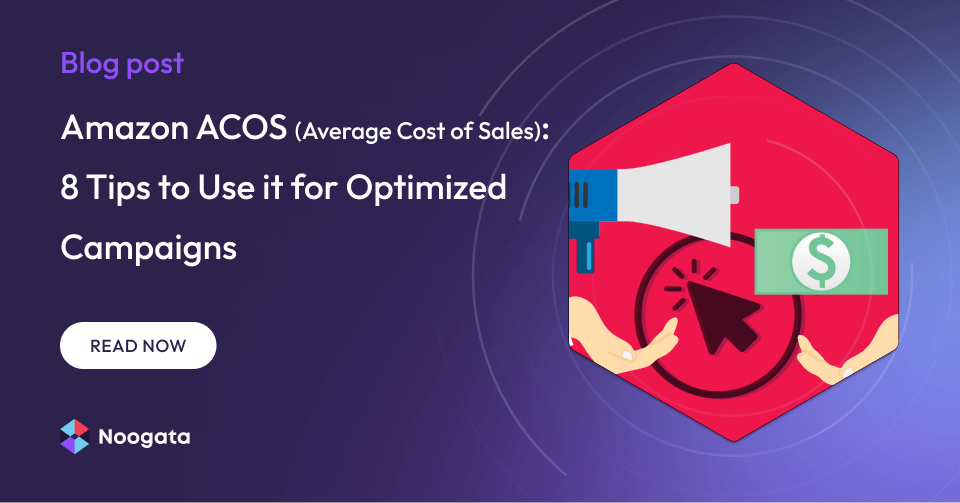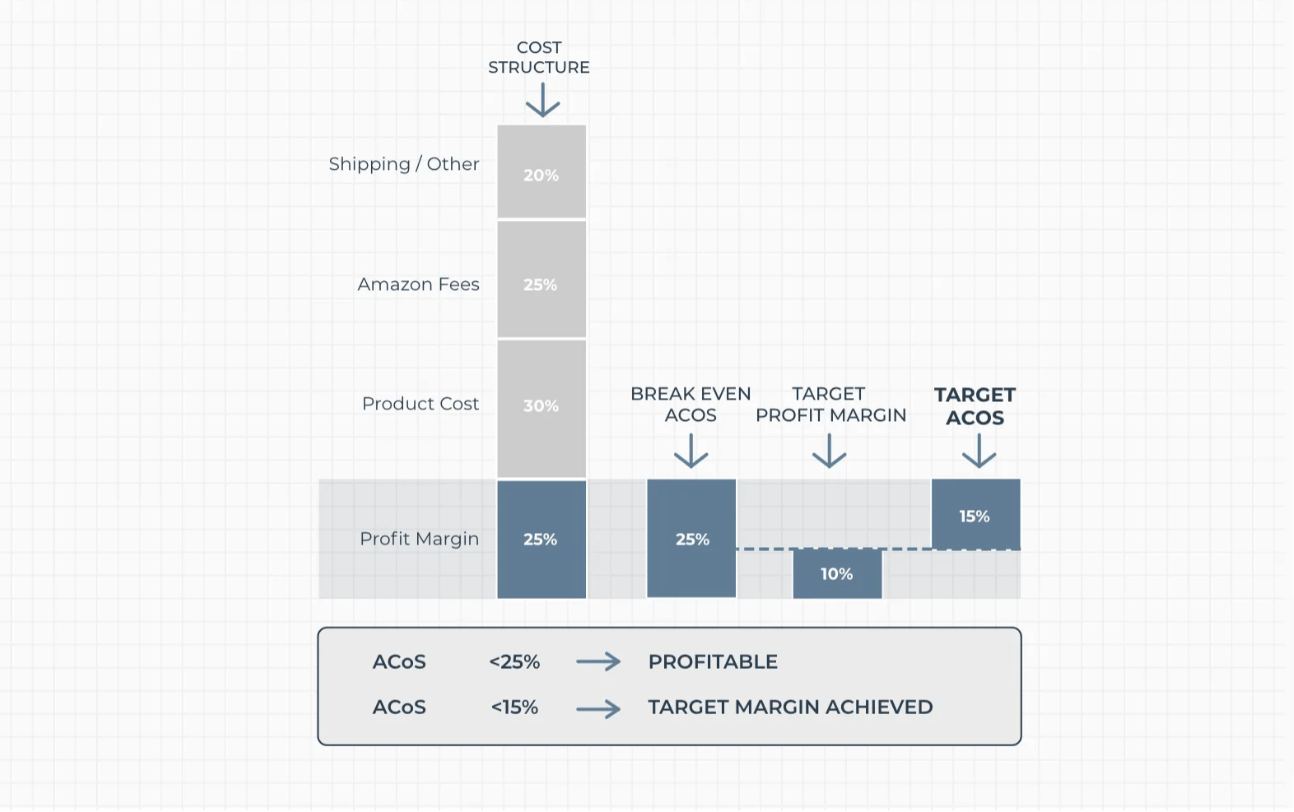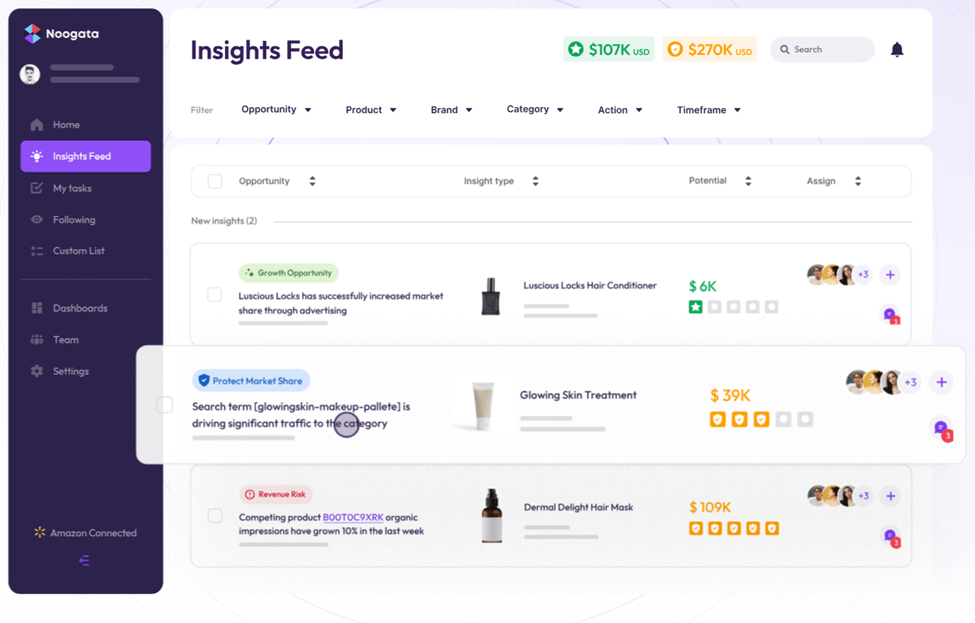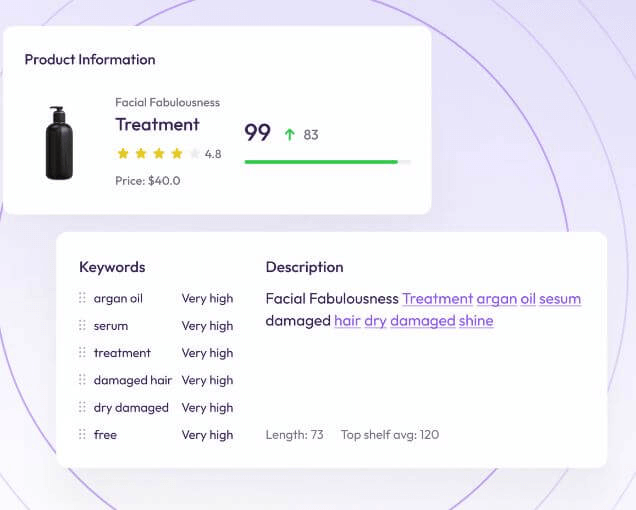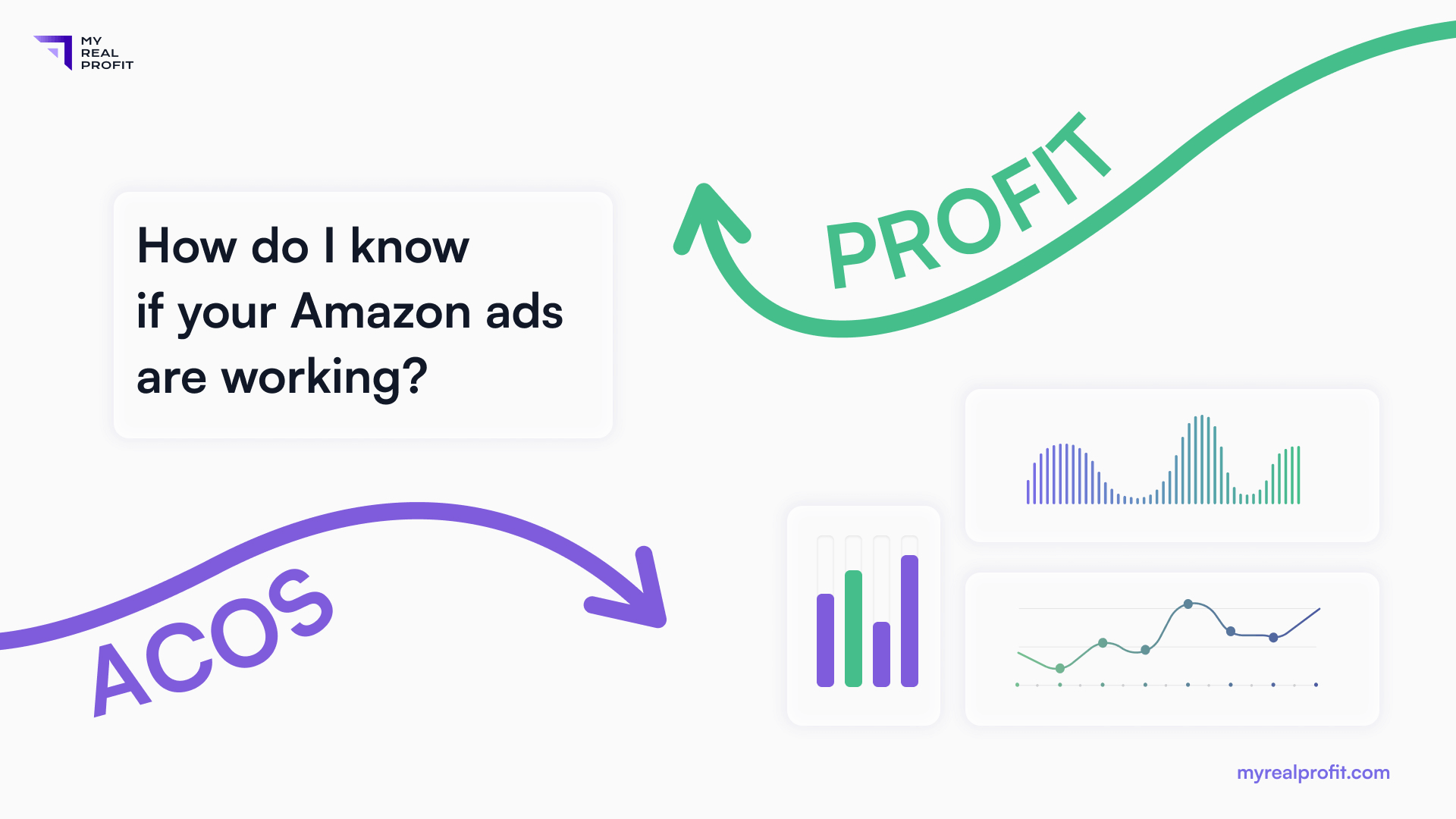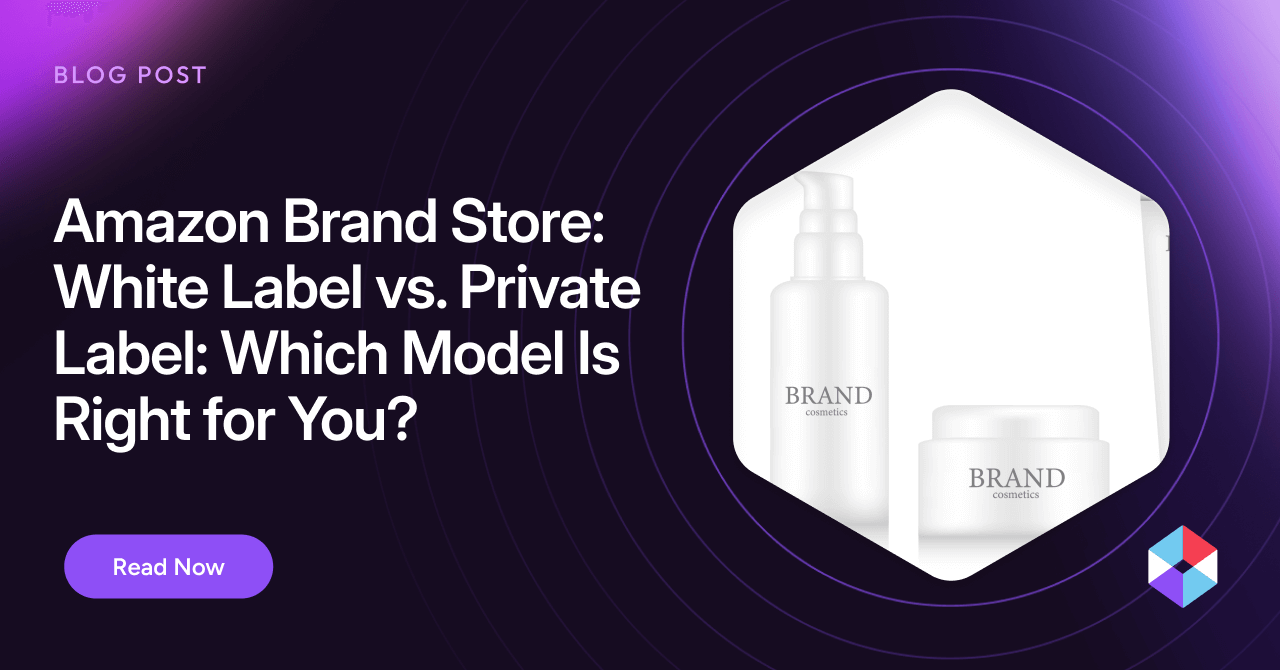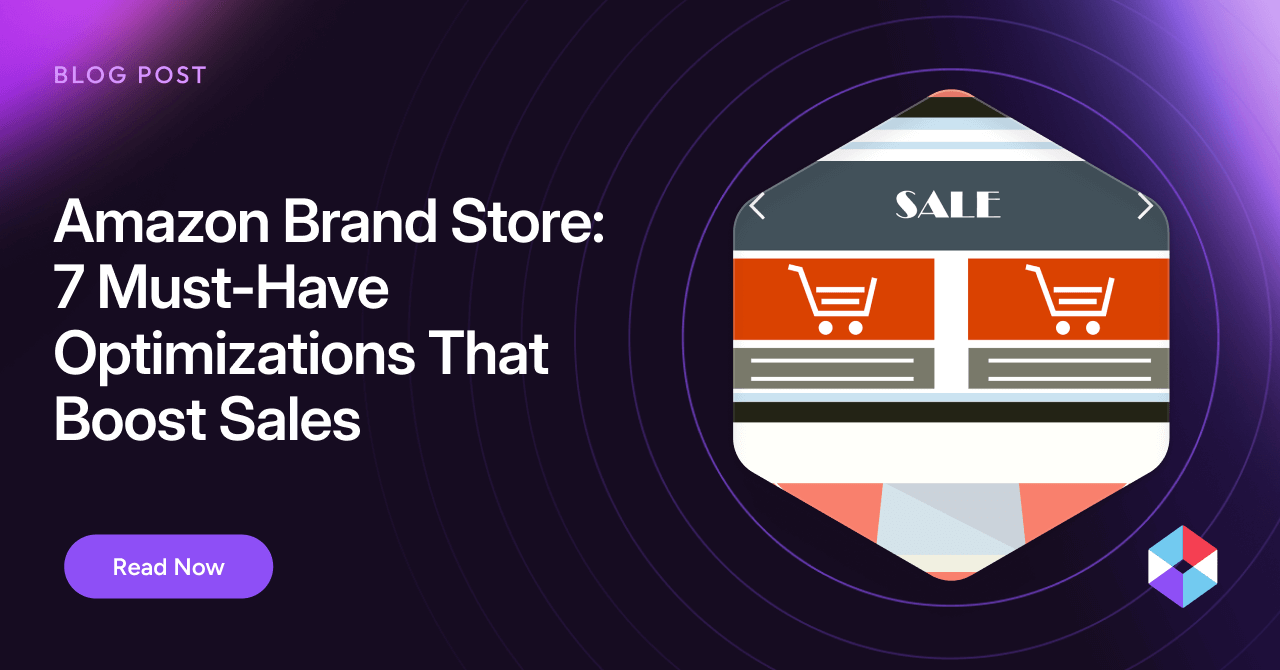If you’re on an eCommerce team trying to find your way in the online sales world, you know how important it is to get the most out of every marketing dollar. The massive Amazon marketplace allows businesses to connect with customers worldwide. While setting up a seller account on Amazon is easy, the real win is getting the hang of PPC advertising strategies, especially when managing ACOS (Average Cost of Sales).
Last year, Amazon pulled in a whopping 38 billion dollars from global advertising. In this bustling space, the fight for attention is intense. Brands are going head-to-head not just with each other but also with Amazon’s own products. To stay ahead in this game, using Amazon ACOS wisely and creating a plan that boosts your ROI is vital.
In this guide, we’ll help you get to grips with Amazon ACOS to up your campaign game. We’ll walk you through the details of ACOS, why it’s important, and share handy tips on how to lower it for more successful Amazon PPC campaigns.
Understanding ACOS Amazon PPC Strategy
ACOS is your compass for understanding how much you invest in advertising to generate a dollar in sales, shown as a percentage. The lower the ACOS, the more efficient and profitable your ads are.
For instance, if you spent $1,000 on Ads and saw $4,000 in attributed sales, your ACOS calculation would look like this:
ACOS = $1,000 (Ad Spending) / $4,000 (Attributed Revenue) * 100 = 25%
One in four U.S. retailers shell out $80,000 or more monthly on Amazon Ads, focusing mainly on ‘Sponsored Product’ listings in search results. However, visibility is just the start; understanding and leveraging vital metrics is critical to achieving effectiveness.
Crucial to this is optimizing and monitoring your ACOS, which directly impacts your ROI. Skillful ACOS management allows you to allocate your advertising budget smartly, fostering a more substantial ROI.
To successfully tame the intricacies of ACOS, you need a finely tuned PPC strategy that aligns with your distinct business objectives. This encompasses setting precise bids, crafting engaging copy, choosing the appropriate keywords, and constantly tweaking and overseeing your campaigns.
A well-executed PPC plan maintains a balanced ACOS, syncs your advertising initiatives with your revenue objectives, and, most importantly, helps you grow Amazon brands at scale. One way to do this well is by harnessing AI to foresee upcoming campaign outcomes and trends with the assistance of sophisticated data analytics and machine learning techniques. This proactive approach enables you to stay ahead of market fluctuations and modify strategies proactively.
8 Tips to Use ACOS for Optimized PPC Campaigns
Let’s explore how you can maximize the use of ACOS to optimize your Amazon PPC campaigns successfully.
Tip 1: Leveraging Advanced Analytics
Effective Amazon PPC campaigns aren’t built on guesswork. The secret to unlocking success lies in harnessing advanced analytics and making data-driven decisions that refine your campaigns, maximize ROI and lower ACOS. But how can you effectively navigate this data jungle?
Noogata’s AI-powered eCommerce competitive intelligence solution empowers growing brands to outperform competitors on the digital shelf. The platform seamlessly streamlines and monitors data for thousands of products, transforming complex data into simple, actionable insights, allowing you to craft campaigns that shine.
Its unique features, including an Amazon AI Assistant, offer actionable insights and data you won’t find on the standard Amazon Analytics dashboard.
Tip 2: Enhancing Keyword Management
Keywords lead your products to the right customers, and with effective campaign optimization and keyword management, your ACOS will reduce. By targeting the keywords you want to be ranked for on Amazon, you can outrank competitors and reach your desired audience.
To keep ACOS low, conduct thorough keyword research relevant to your products, keep on top of managing CPC (cost-per-click), and filter out any keywords not performing well.
Adjust your keyword bids based on performance to optimize your campaigns. If a specific keyword drives high-converting traffic with a low ACOS, consider increasing its bid to gain more exposure and rank higher than competitors.
You can harness the power of Noogata’s Perfect Content feature to get the best keywords for your products, and even add and remove keywords to improve your content scoring in real-time.
Tip 3: Regular Campaign Adjustments
With Amazon PPC, the only constant thing is change. Regular campaign adjustments are essential for keeping ACOS low and achieving sustained success. You must stay ahead of the curve in an environment where competition is fierce, trends evolve, and customer behavior fluctuates.
Regularly monitoring campaigns will help you:
- Spot emerging trends to align with the latest customer demands
- Adapt to competition to help identify opportunities and areas of improvement.
- Optimize ad spending by identifying ad groups, products driving the best results, and keywords to allocate the budget more effectively.
To do this more effectively, consider using Noogata’s Digital Shelf feature. It allows you to discover competing brands by monitoring and measuring Amazon’s market share and impressions. It will also highlight brands advertising against your products so you can protect your product position and maintain your share of voice. The AI-driven recommendations allow your campaigns to be fine-tuned for maximum results and efficiency.
Remember, the key to success is ongoing vigilance: regular monitoring and tweaking of your manual campaigns based on performance data is vital to curate your ad bids and maintain a low ACOS effectively.
Tip 4: Product Listing Optimization
Amazon listings are the first point of contact with potential buyers. Your listings must drive relevant traffic and convert visitors into customers.
Your listing title is the first thing shoppers see, so it should be concise, compelling, and rich in relevant keywords. Once your title has captured attention, bullet points, product descriptions, and A+ content are your canvases to display your product’s unique selling points. Address potential customer concerns, highlight key features, and use persuasive language.
Your product images are powerful visual cues that should complement your copy and help make a sale. Ensure your images are high-quality, clear and informative, accurately represent your product, and provide multiple angles to give shoppers a comprehensive view. Consider using lifestyle shots and infographics to add value.
Embedding keywords throughout your listings will increase organic traffic and complement your PPC campaigns. If you rank well organically for specific keywords, your ads for those keywords will be cheaper and help keep that ACOS low.
To supercharge your listing optimization, use Noogata’s Perfect Content feature to build high-performance product pages full of optimized listings with upward-trending keywords. You can rapidly generate titles and descriptions for newly launched products at scale, and swiftly optimize content pages for thousands of products easily.
Tip 5: Ad Targeting
An effective Amazon PPC campaign should reach the right audience: the customers that are most likely to convert. Ad Targeting ensures your ads are displayed to the most interested and relevant audience segments. It is a strategic approach that focuses your advertising efforts on those more likely to click, engage, and purchase. Effective ad targeting is the remedy for inflated ACOS and wasted ad spend.
To reduce your ACOS, start by segmenting your audience based on aspects such as:
- Demographics to curate your ads to specific locations, genders, and age groups
- Using high-volume relevant keywords
- The behaviors and interests of your potential customers
- The purchase history to target shoppers who have previously shown interest in the same products
- Remarketing by re-engaging users who have interacted with your products but haven’t yet made a purchase
Noogata’s Ad Booster tool can elevate your ad game. It allows you to launch new product ads quickly and at scale, target the most important keywords driving traffic to newly launched products, and boost exposure and sales while protecting your ACOS.
Tip 6: Ad Scheduling
Precision is critical to maximizing the results of Amazon PPC. It’s about reaching the right audience and engaging them at the most opportune moments. Consider the seasonality of your products; advertising summer beach gear during the cold winter months, for example, would not only be ineffective but also could result in a missed opportunity, as reflected in a suboptimal ACOS.
To maximize the effectiveness of your campaigns, it is critical to align your ad displays with the periods when your target market is most receptive and ready to convert. Mastering ad scheduling demands a deep dive into your historical data, allowing you to glean insights into customer behavior patterns, including seasonal preferences, peak days of the week, and high-traffic times during the day.
But don’t stop there. Continually adapt your strategy based on real-time insights and trends. Consider implementing a periodic review process where you reassess and tweak your ad schedules to stay aligned with evolving customer preferences and market trends. By doing so, you’ll be well-positioned to capitalize on prime advertising opportunities, enhancing engagement and conversion rates, and ultimately making your advertising strategy more efficient and profitable.
Tip 7: Automatic and Manual Campaign Strategy
In the world of PPC campaigns, there isn’t a one-size-fits-all approach. A blend of human expertise and automation consistently leads to the best results.
On one hand, automatic campaigns offer a more hands-off experience, relying on Amazon’s algorithms to dictate the when and where of your ad displays. These campaigns are not only quick to launch but also are:
- Simple to set up
- Provide extensive reach, introducing your products to various audiences.
- Assist in keyword discovery by identifying relevant search terms and keywords, which can be later leveraged in manual campaigns.
On the other hand, manual campaigns put you in control, allowing for precise targeting and bid adjustments. This means you can focus on specific segments, products, or keywords and determine the optimal bid for each, ensuring efficient budget utilization.
However, the true power lies in merging automatic and manual strategies. Starting with automatic campaigns can help you gather essential data on high-performing keywords and pinpoint costly, low-conversion keywords. Armed with this data, you can then craft highly optimized manual campaigns.
Tip 8: Use Sponsored Brands Ads
Sponsored Brand ads serve as a distinctive ad format on Amazon, designed to promote your brand and a curated selection of your products in an eye-catching manner. Positioned at the very top of search results, these ads ensure your brand gains prime visibility, potentially leading to higher click-through rates and a boost in conversions.
Here’s why investing in Sponsored Brand ads can be a game-changer for your brand:
- Enhanced Brand Recognition – These ads can fortify your brand’s identity and trustworthiness among Amazon shoppers, increasing credibility.
- Customized Messaging – Sponsored Brand ads allow you the flexibility to personalize messages, enabling you to create engaging taglines and headlines that resonate with your target audience.
- Showcase of Multiple Products – You can highlight several products under your brand, offering shoppers more choices and encouraging cross-selling, which can subsequently increase the average order value.
By employing Sponsored Brand ads, you elevate your brand’s visibility and also foster a growing familiarity and trust among shoppers. This, in turn, can enhance cross-selling opportunities and amplify the average order value, factors that collectively contribute to a more favorable ACOS.
Lower ACOS and Amplify ROI with Noogata
Winning in the complex world of Amazon PPC can be significantly simplified by mastering ACOS (Average Cost of Sales) strategies. By using the strategies provided here, you can achieve lower costs and higher conversions.
Consider integrating Noogata’s AI-powered solutions into your strategy to make this journey smoother. Noogata offers tools that can provide valuable insights, improve content quality, and enhance ad performance, taking your Amazon PPC campaigns to the next level.
With Noogata’s data-driven approach, you’ll be well-equipped to navigate market fluctuations and stand out in the competitive Amazon landscape, securing a favorable ACOS and a successful eCommerce venture.
Contact us for a free demo and start optimizing your campaigns for ACOS.
